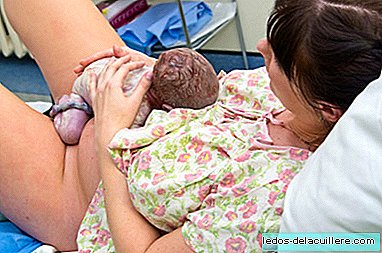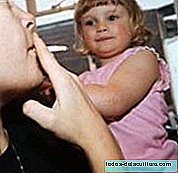
Alzheimer's disease is a neurodegenerative disease of unknown cause that manifests as cognitive impairment and behavioral disorders. It appears more frequently in older people, but the first signs could warn from childhood.
A new study by researchers at the University of Hawaii, in Honolulu, and published in the journal Neurology has found that Alzheimer's related genes can alter brain development in three-year-olds.
The key, the E4 gene
Researchers have analyzed 1,187 children ages 3 to 20 who have undergone genetic tests, brain scans and tests of their thinking and memory skills.
It is known that people carrying the epsilon 4 (E4) variant of the apolipoprotein-E (APOE) gene are more likely to develop Alzheimer's. We all have a copy of these genes from each of our parents, so that up to six variables of this gene can be found: E2E2, E3E3, E4E4, E2E3, E2E4 and E3E4.
The scientists discovered that Children who possessed the E4 gene are more likely to develop Alzheimer's disease than those with the other two variants of the gene, epsilon 2 (E2) and 3 (E3).
Children carrying the E2E4 genotype had a hippocampus, an area of the brain related to memory, up to 5% smaller than others. And children under eight years with the E4E4 combination showed signs of weakness in the hippocampus area.

According to neuroscientist Linda Chang, from the University of Hawaii, and author of the study:
“The study of these genes in young children can ultimately give us the first indications that they may be at risk for future dementia. It can even help develop ways to prevent the onset of the disease or delay the onset. ”
They do not want to take hasty interpretations, since the study has its limitations (the tests were performed at a specific time and the sample of children with genotype E2E4 was very small). Anyway, it is an advance that could lead in the future to an effective treatment for Alzheimer's or, at least, to help establish some preventive measures.












